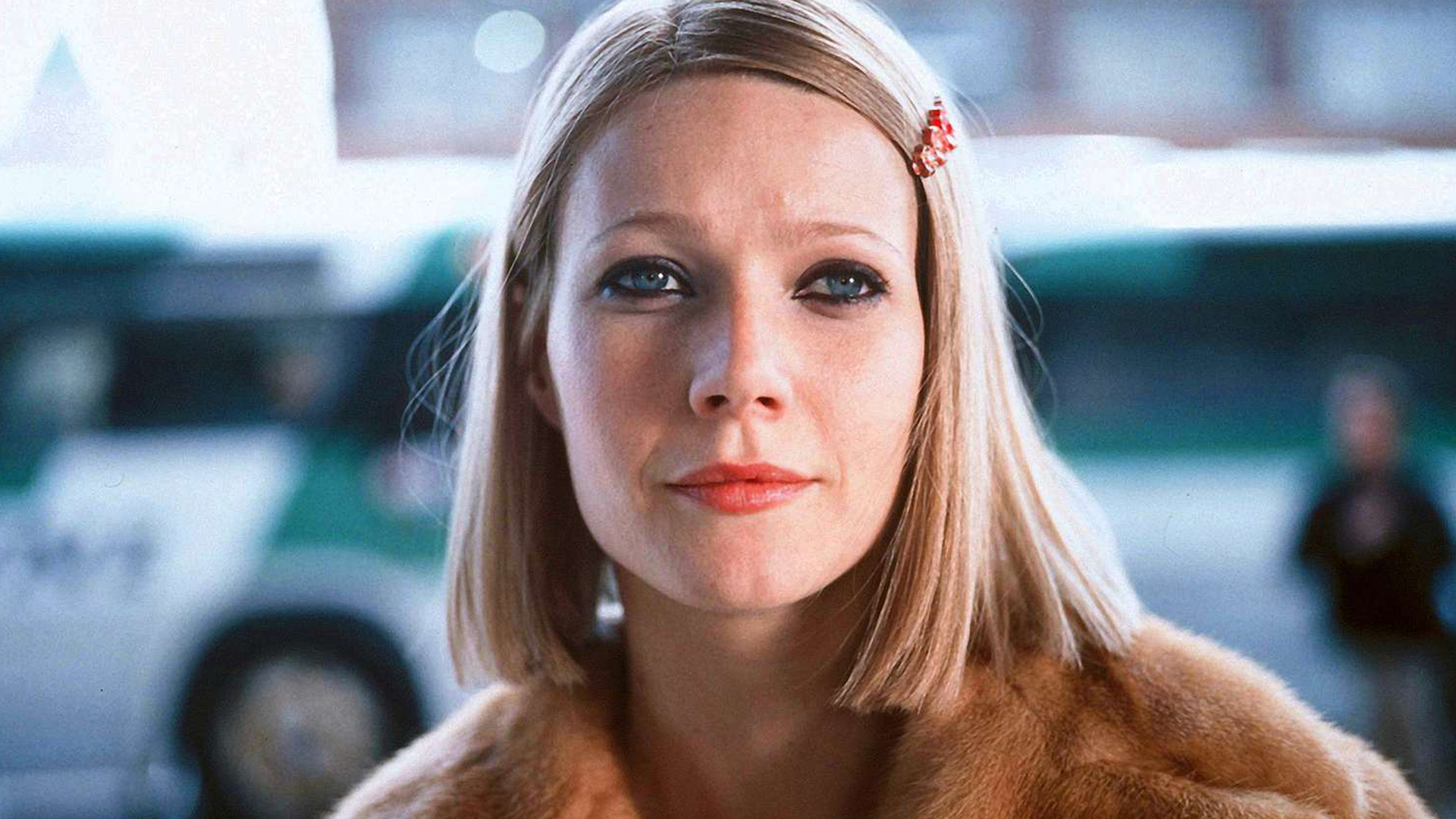Director: Bilge Olgaç
Cast: Türkan Şoray, Mehmet Keskinoğlu, Mümtaz Ener
Turkey, 1974, DVD, Color, 79’, Turkish
The landlord of a village rapes a young woman. The woman is made to marry a poor man in the village. The woman and the man eventually love each other. In the meantime a big drought starts and hunger follows this. The landlord helps the people living in the village but he doesn’t give wheat to the young couple and put them in a difficult situation. The man goes to the city to work, the woman almost starves. As she goes to the landlord to ask for help, she faces violence, not help...

Published as part of Pera Learning programs, “The Little Yellow Circle (Küçük Sarı Daire)” is a children’s book written by Tania Bahar and illustrated by Marina Rico, offering children and adults to a novel learning experience where they can share and discover together.

The New Year is more than just a date change on the calendar. It often marks a turning point where the weight of past experiences is felt or the uncertainty of the future is faced. This season, Pera Film highlights films that delve into themes of hope, regret, nostalgia, and new beginnings.
Tuesday - Saturday 10:00 - 19:00
Friday 10:00 - 22:00
Sunday 12:00 - 18:00
The museum is closed on Mondays.
On Wednesdays, the students can
visit the museum free of admission.
Full ticket: 300 TL
Discounted: 150 TL
Groups: 200 TL (minimum 10 people)